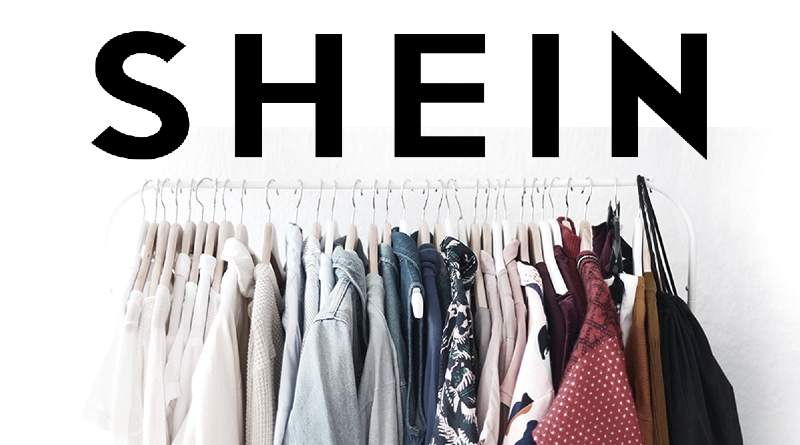A recent survey by fast-fashion giant SHEIN has shed light on a critical issue: the impact of tariffs and inflation on US shoppers’ purchasing decisions. It confirms what many of us have been observing–rising costs are significantly altering consumer behavior.

How US Consumers Are Adapting Inflation
The SHEIN survey highlights a stark reality: a vast majority (89%) of US shoppers are feeling the pressure of inflation. They’re worried about the rising cost of living and its impact on their finances. This isn’t just abstract concern. It’s directly influencing how they shop. Many consumers report that they are actively seeking more affordable options, with fast-fashion retailers like SHEIN becoming increasingly attractive.
Inflation impact factors:
- Price Sensitivity: Consumers are more mindful of prices than ever before. They’re actively comparing prices, looking for deals, and delaying non-essential purchases.
- Affordable Retailers: The survey indicates a growing preference for retailers offering trendy products at lower price points.
- Value-Driven Purchasing: Consumers want quality products at affordable prices, especially in tough economic times.
- Reduced Spending on Non-Essentials: Many shoppers are cutting back on discretionary spending, focusing on essential goods and services.
This shift in consumer behavior aligns with broader economic data. The University of Michigan’s Survey of Consumers, for instance, showed a significant drop in consumer sentiment in March 2025, reaching its lowest point since 2022. The one-year inflation outlook also spiked to 4.9%, the highest since November 2022, reflecting growing anxieties about rising prices.
Tariff Threat
Beyond inflation, the SHEIN survey also reveals growing concerns about tariffs, particularly those impacting goods imported from China. These tariffs are expected to further increase the prices consumers pay for a wide array of products, from clothing and electronics to toys and household goods. The survey data, coupled with reports from sources, show that more than half of U.S. consumers express concern over rising prices due to tariffs.

Potential tariffs risks in the survey and other research include:
- Higher Prices for Consumers: As tariffs are imposed on imported goods, those costs are often passed on to consumers in the form of higher prices. Experts predict that an additional 10% tariff on all Chinese goods would significantly impact prices, especially on ultra-cheap apparel.
- Reduced Consumer Purchasing Willingness: Higher prices mean consumers can afford less with the same amount of money, reducing their overall purchasing power. The Bank of Canada, for example, has modeled scenarios showing how tariffs can lead to inflationary pressures and decreased GDP growth.
- Stockpiling: Some research, like that from the University of Chicago, suggests that consumers might resort to stockpiling goods before tariffs take effect, further disrupting supply chains and potentially exacerbating price increases.
The concern is that these tariffs, on top of existing inflation, will put an even greater strain on household budgets.
Shein Market Orientation and Consumer Response
SHEIN, known for its ultra-low prices, finds itself at the center of this discussion. While the company has faced criticism regarding labor practices and its use of a trade law loophole to avoid import duties, its popularity among Gen Z and budget-conscious consumers remains strong.
This highlights a key tension: consumers are caught between wanting affordable options and potentially being concerned about the broader implications of tariffs and trade practices.
Future Suggestions
It’s important to understand that tariffs and inflation are macroeconomic issues. While tariffs can contribute to price increases, they aren’t the sole driver of inflation. Inflation is a complex phenomenon influenced by various factors, including supply chain disruptions, monetary policy, and consumer demand. As CEPR points out, tariffs don’t necessarily raise inflation, which is a macroeconomic phenomenon.
Experts at institutions like Boston University, the University of Chicago, and the U.S. Bureau of Labor Statistics are actively studying the potential economic impacts of tariffs. Their research provides valuable insights into the complex interplay between trade policies, consumer prices, and overall economic growth.

The SHEIN survey underscores the significant financial pressures facing American consumers today. Both inflation and tariffs are reshaping shopping habits, driving a shift towards value-driven purchasing and enhanced price sensitivity. Consumers are actively seeking ways to mitigate the impact of rising costs, and their choices are having a ripple effect across the retail landscape. While the long-term effects of these economic forces are still unfolding, it’s clear that understanding consumer concerns and adapting to their evolving needs is crucial for businesses in the current environment.



